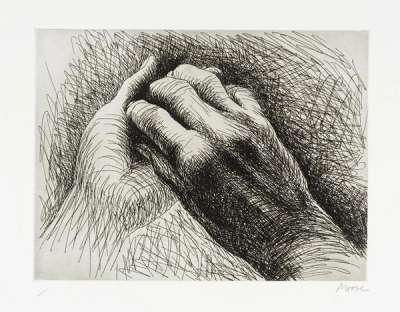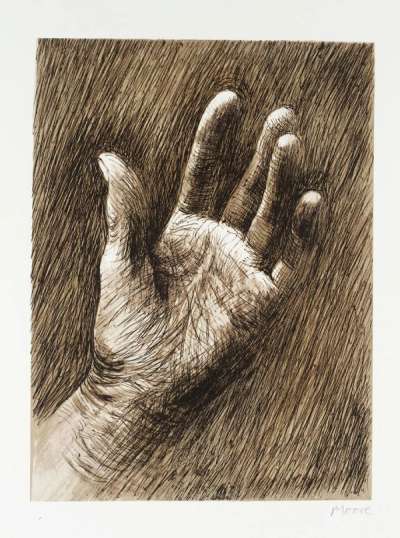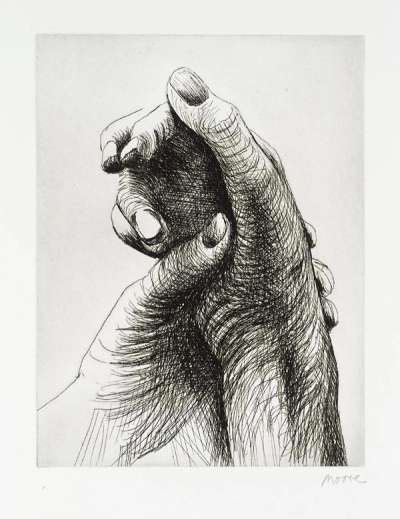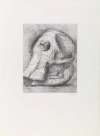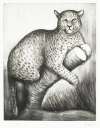The
Artist's Hand
Henry Moore's The Artist's Hand (1980) celebrates the expressive power and versatility of the human hand including the particular eloquence of his own. Through his skilful renderings, Moore captures the gestures, movements, and emotions conveyed through hands, emphasising their role in communication and creativity.
Henry Moore The Artist's Hand For sale
The Artist's Hand Market value
Auction Results
| Artwork | Auction Date | Auction House | Return to Seller | Hammer Price | Buyer Paid |
|---|
Sell Your Art
with Us
with Us
Join Our Network of Collectors. Buy, Sell and Track Demand
Meaning & Analysis
The Artist's Hand navigates the intricate realms of dexterity and creative agency, firmly immersing itself in the discourse of art history. Here, the hand—often a secondary character in his large-scale bronzes—is the protagonist, the very symbol of artistic innovation and expression.
The decision to focus on the human hand is drenched in symbolism. In these lithographs, Moore’s hands become the symbol for the artist's wider universe. While artists like M. C. Escher have used the hand as a means of reflecting introspection and the conflation of art and reality, Moore's hands elevate their significance. His hands aren’t just about self-representation; they are about every artist, every creator. The hands are, in essence, the epitome of the artistic endeavour itself.
Drawing from the lineage of Modernist tendencies, Moore's lithographic choice provides a tactile richness to his images. This medium, known for its texture and vibrancy, complements the multifaceted representations of hands. The "grand visual pun" is Moore’s nod to art’s recursive nature. The hand that draws is also drawn, the tool and the subject converge. It's a powerful meditation on the cyclical process of creation, where the artist becomes both the observer and the observed.
Moore's exploration is intrinsically linked to broader societal values and cultural interpretations of hands as agents of communication. They serve as conduits of emotion, storytellers of experiences, and signifiers of human connection. Varying in composition, each print unfolds a narrative, compelling the viewer to reexamine hands’ transcendental ability to convey stories without words.
The detailed portrayal of the hands, with their nuanced wrinkles and contours, not only showcases Moore’s steady attention to detail but also alludes to the tiring journey of artistic evolution. These are not the pristine hands of a novice but the seasoned hands of a master sculptor, worn by time and art.
In The Artist's Hand, Moore achieves a symphony of synthesis between the tactile and the conceptual, the personal and the universal. It is a testament, not only to his unparalleled craftsmanship but to the power of art to speak in profound silences. This portfolio, while honouring the very hands that sculpted some of the 20th century's most iconic works, serves as a reminder of our inherent human need to create, to communicate, and to connect.
